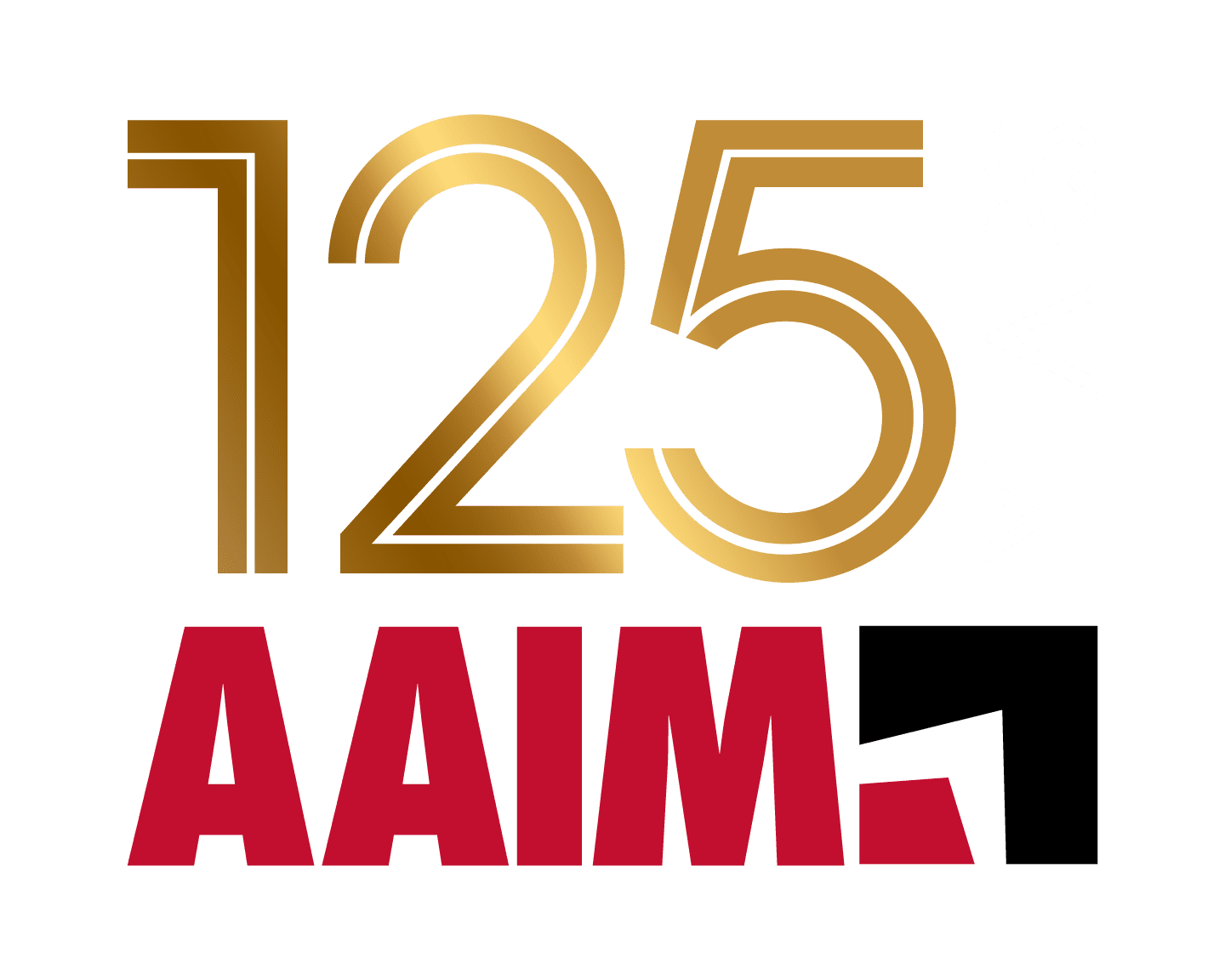Alternative Hiring Solutions in the Age of a Talent Shortage
“Where are all of the qualified candidates? Why does it take so long to fill my open roles?” If you’re responsible for hiring, you’re no stranger to these challenges. As employers grow more desperate for workers, staffing has become more frustrating than ever. A rebounding economy is great for organizational growth, but how will employers keep up with the demand for talent during a labor shortage? Now is the time for businesses to explore alternative hiring solutions.
It’s only becoming more difficult to compete for talent. So, where do you turn and how can you fill those open roles?
Here are a few suggestions:
- Revisit former employees for re-hireWhat candidate could you understand better than a previous employee? Reaching out to former employees who left on good terms can expand your pool of qualified candidates. At the time, they may have left for an opportunity that simply wasn’t available to them within the organization. If you have a position to fill that they’re qualified for, it wouldn’t hurt to reach out. At worst, you won’t hear back, or they’ll decline your invitation, but they may also entertain the idea or share the opening with their network.
- Utilize a temporary workforceCould your open role be filled by a candidate who is looking for a temporary opportunity? In many cases, being short staffed means that existing team members must absorb the extra workload of open roles. Hiring temp workers to cover in the interim can alleviate some of the extra work that the rest of the team is carrying. Additionally, this type of alternative hiring strategy provides you the opportunity to evaluate their long-term potential while allowing the search for permanent candidates to continue.
- Explore gig-worker opportunitiesA “gig worker” is looking for just that, a “gig” or a freelance opportunity. Does your open role lend itself to being project based where the person doing the work could be paid per job? With the massive growth of gig employers like Lyft, Uber, Fiverr & more, it’s worth nothing that flexible, project-based employment opportunities have attracted a significant portion of the US workforce. Gig workers are providing a wide range of services such as: software programming, graphic design, housekeeping, personal assistant services and many more. While this alternative hiring method isn’t applicable for all jobs, thinking outside the box in a tight labor market might help fill your next position more quickly.
- Determine if a worker with a disability can perform the essential functions of the roleWhile your workplace may be following ADA laws when it comes to discrimination against applicants with disabilities, many employers simply aren’t familiar with actively recruiting disabled workers through promoting inclusivity. Candidates with disabilities can be a great fit for many jobs because of their diverse backgrounds and breadth of skills. Input from these often-underrepresented workers is also being used to create new products and ensure facilities are maximally accessible. The Department of Labor’s Office of Disability Employment Policy (ODEP) offers many resources for employers. For more, listen to Episode 141 of The Morning Briefing, “Hiring People with Disabilities”
- Consider expanding your candidate pool to include ex-offendersWhile this isn’t possible for all businesses, many organizations are loosening their restrictions and opening up positions to ex-offenders. In addition to the benefit of filling an open role in a tight economy, employers can take advantage of tax incentives from the federal government. Some states and cities have also started offering incentives for hiring ex-offenders. Utilizing a thorough criminal background check to evaluate the specifics of the offense and how it relates to the role is critical.
Battling for a small pool of qualified candidates can be frustrating and lead to long periods of unfilled positions. Considering alternative approaches to traditional hiring methods can set your organization apart as well as improve overall time-to-hire.



